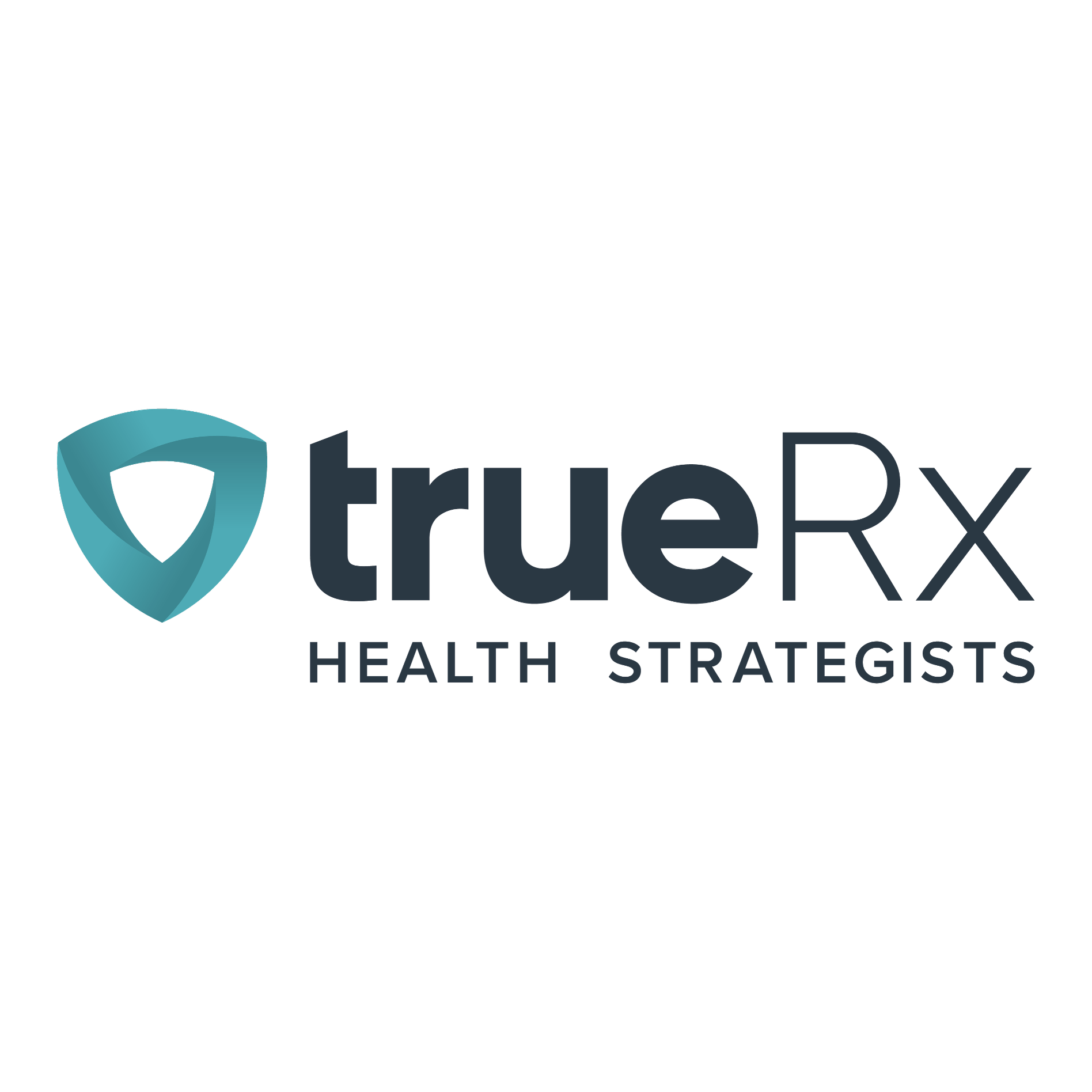Salesforces Stern. We are not doing a good job of listening to our customers when it comes to the number and quality of the sales representatives that we employ to sell our drugs to physicians. A 2003 Accel Healthcare study showed that we are letting our customers down; 60% of doctors believed that reps were younger and more aggressive than in the past. Most doctors want new, pertinent, reliable, timely, and unbiased information about products but believe that less than 50% of pharma reps provide these data to them; 62% of doctors want to receive balanced information they can trust, but only 6% said they received such information from pharma reps. One of the reasons that access to physicians continues to be a problem for our representatives is because we are putting too many feet on the street. Doctors are tired of seeing three, four, and five representatives from the same company. We have to recognize that the pressures of managed care have limited the amount of time physicians are able to spend with their patients. We have to respect our customer’s needs and provide fewer, but better trained and experienced representatives to provide physicians with quality information about our drugs. Ahn. An arms race has developed because of salesforce increases in the pharmaceutical industry. These increases are being driven by consolidation, life-cycle management, and fewer new product launches. In the oncology market alone, the number of sales representatives has doubled over the last five years, while the number of physicians has remained virtually flat. Boily. Various studies have confirmed the impact that sales reps have on a brand. Given the changing regulatory and reimbursement landscape, combined with significant earnings pressure, can the industry maintain the present level of sales staff? Sales organizations represent one of the largest expense lines for the industry. Medical liaison reps are proving to be very successful in delivering the message to varied stakeholders along the supply chain. Cottone. The overall trend of increased sales reps is evidence of the increased competition in the marketplace from specialty pharmaceutical companies. This competition had led companies to focus more energy and resources on sales to ensure their return on investment as they bring new products to market. As a result of salesforce expansion, pharmaceutical companies are able to reach a larger number of high potential physicians in untapped geographic markets and achieve more in-depth coverage of existing markets. In addition to revenue growth, an increased number of positive patient outcomes are possible as patients who were previously unable to get treatment for a particular condition are now able to relieve or cure their condition with a given product. Wilhoit. Although there are a lot more sales representatives, the percentage increase in the number of sales reps in the last couple of years has actually declined. These days, physicians are limiting both their accessibility to pharmaceutical sales reps, as well as the amount of time they are willing to spend with each one. They are simply too busy, and there are just too many sales reps out there for them to see. It also is important to note that the total number of industry calls being made has remained relatively constant in recent years, but when one considers that the actual number of sales reps has increased significantly, it does make it much harder to get a physician’s attention. The actual impact on return on investment can be somewhat difficult to quantify. For large companies with large salesforces, accountability becomes more complex and as such, more difficult. Pharma companies are therefore being challenged to improve their internal processes to ensure that the company continues to present itself as a single, unified entity to all its customer groups. Larger salesforces require increased infrastructure — operations, reporting, training, and so on — to ensure they can maintain, and wherever possible, enhance their level of efficiency and effectiveness. These investments are no doubt costly, but can be justified if, and when, the efforts of sales organizations lead to higher sales and enhanced profitability. Karczewski. The continued increase in the number of sales reps has a negative impact on salesforce ROI. With companies hiring multiple layers of reps, there is a limit to the amount of face time physicians can give to these reps. As a result, sales people are becoming caterers, forced to provide breakfast, lunch, and dinner to the whole staff in physician offices to see their physician customers. Given this situation, I think that salesforce contraction is just around the corner. Regardless of when this contraction comes, we as marketers need to find more compelling ways to reach our target audience with meaningful communication programs. This is one of our most critical and challenging issues. The increase in turnover is detrimental to sales-rep performance and expensive for the industry. Vacant sales territories and territories with replacement reps threaten physician relationships and could lead to an erosion of market share. “It was surprising to see the jump in the turnover rate; while it’s not growing as fast as in previous years, the replacement costs for the industry of hiring new sales staff are high,” says Bob Davenport, VP of the Hay Group. Pharmaceutical and biotech companies need to develop a better understanding of what drives turnover in their industries to stem this trend. With a reported “hard” cost of $89,000 to replace a single sales rep according to the survey respondents, the impact on pharmaceutical companies’ bottom line is potentially significant. Indeed, the cost of this so-called “excessive compensation” to the U.S. pharma/biotech industry in 2003 has been estimated at $356 million ($89K x 4% x 100,000 sales reps). There may be a disconnect between what company exit interviews report versus the “real” reasons why sales reps leave. In Hay Group’s study, for example, pharma companies report that their exit interviews show that the key reason for sales rep turnover is “better opportunity elsewhere.” Meanwhile, Hay Group’s Voluntary Attrition Surveys of departed sales reps, which captures reps’ reasons subsequent to their departure, attribute the No. 1 cause as “issues with an immediate manager.” Among the highest performing sales representatives, compensation ranks as the No. 1 issue relating to turnover, and problems with an immediate manager is the second reason cited for departures. Organizations must develop and implement programs sufficiently tailored to meet the needs of these individuals. First-line sales managers vary widely in their level of experience and capability, and thus, need a customized development plan to help them maximize their potential, he says. Moreover, it is critical to ensure that the sales compensation program directs — and recognizes — the achievements of high performers. For the study, Hay Group surveyed 40 U.S. pharmaceutical and biotech companies. Of those, nearly half (45%) had revenue of $1 billion or more, and more than half (51%) had at least 500 sales reps. “Managers and human resource officers must research and spend time understanding the root cause of turnover so they can develop effective rep-retention programs,” Mr. Davenport says. And, according to Hay Group, traditional exit interviews are not the best way to understand the reasons for sales staff resignations. Companies need to use more unbiased methods to determine the factors for turnover. Source: Hay Group, Philadelphia. For more information, visit haygroup.com. Among high performers, compensation ranks as the No. 1 issue relating to turnover; problems with an immediate manager is the second reason cited for departures. According to Hay Group’s recent survey of the pharmaceutical and biotech industry, in 2003 sales rep turnover reversed a trend of declining rep attrition and spiked to 14% in 2003 from 10% in 2002. Most organizations consider 10% a normal turnover rate. Increase in Turnover of Pharma Sales Reps Larger salesforces require increased infrastructure — operations, reporting, training, and so on — to ensure they can maintain, and wherever possible, enhance their level of efficiency and effectiveness. These investments are no doubt costly, but can be justified if, and when, the efforts of sales organizations lead to higher sales and enhanced profitability. Scott Wilhoit Biovail Corp. The increased investment in marketing is due in part to the increased cost and time of developing new products. Companies make rational economic choices. The question they ask is: “Will an additional sales rep selling an existing product give a better return than another scientist developing a new product?” Edward Erickson Immunicon Corp. What’s Your Opinion? 2005 — A look ahead What are the most significant business challenges you believe the industry will face in 2005? Defining roles of field-based teams The most significant business challenges the industry will face in 2005 are clearly defining the roles of field-based teams that interact with key opinion leaders (KOL) and developing effective clinical training for sales representatives. Sales representatives and medical science liaisons (MSLs) both interact with key opinion leaders, and while the role of sales is clear and with quantifiable outcomes, the role of medical liaisons is often met with a creative license and with intangible outcomes. In recent years, there has been a blurring of the KOL segments visited by MSLs and those targeted by sales representatives. Ambiguous “KOL ownership” in the field compounded by the inarticulate role of the MSL has contributed to tension between these field functions. Companies can do more to equip their sales representatives with clinical depth and breadth, so representatives can once again be perceived by physicians as valuable contributors to healthcare. Medical liaisons may conduct ad hoc clinical training for sales representatives, but this may be insufficient to meet today’s frantic pace of new information. A successful organization is enabled by a clarity of roles, effective training to meet performance expectations, and incentives that breed desired employee (and management) behaviors. Jane Chin, Ph.D. President Medical Science Liaison Institute LLC The Salesforce Arms Race The salesforce arms race was accompanied by the emergence of several billion-dollar brands and waves of company consolidations that resulted in a smaller number of larger companies. These companies often were supported by one or more blockbuster drugs (i.e., brands valued in excess of $1 billion) in relatively mature markets. With large product revenue and the ability to optimize customer detailing across several large brands, the number of sales reps pharma companies could field and still hit ROI targets grew — and continued to grow far beyond the reps’ ability to access valuable customers at rates previously experienced. The result was a 29% decline in details per sales rep between 1998 and 20021. Paradoxically, this decline in individual productivity has been accompanied by success at the company level. Despite having a larger number of sales reps vying for a relatively unchanged customer base, during the same time period there was a 15% increase in prescriptions per detail and an 18% increase in revenue per sales rep. This is due, in large part, to the large value of the brands being promoted. On average, the industry has had constant annual revenue growth of about 13%, only 5% of which can be attributed to price increases2. This trend in revenue growth may continue despite physician-access challenges that still plague the industry. Pharmaceutical companies must find ways to prevent physician-access issues from slowing growth or impairing a brand’s ability to fully realize the value it could have if sales-rep productivity were not hampered. Access restrictions may continue to worsen for two basic reasons: past success with the current strategy (and no reasonable alternative) and customer reaction to the bombardment of sales reps. In an industry that has seen the current approach (profit optimization with sales-response modeling) work very well, it is hard to justify a reduction in salesforce efforts when the analytics used to determine salesforce size perform predictably well. Change from this approach is further inhibited by the knowledge that competitors will use their large salesforces to fill the void in the market if a company reduces headcount. There also is no motivation to reduce headcount in the absence of an alternative, proven selling model that ensures a company’s ability to influence target customers as effectively as the current one. Furthermore, some of the industry’s largest brands are in crowded therapeutic areas, which are justifiably supported by share-of-voice strategies where, if possible, each company tries to have the “loudest” and most frequently heard voice. The frequency of detailing required to optimize returns has resulted in mirrored sales teams with multiple reps detailing the same products to the same customers. Physicians, the primary customer of the pharmaceutical sales rep, have reacted to the increased number of reps by creating greater access barriers and reducing the time spent with them. The rapid increases in salesforce size that were made in the mid-1990s have resulted in a greater number of less-experienced reps detailing physicians. This, in turn, has caused physicians to become dissatisfied with sales reps and their interactions3. Additionally, physicians have been pressured to see more patients, either because of managed-care influences or because of the increasing trend toward working in physician group practices. Staff-model HMOs strive to reduce physician access both to ensure high-physician productivity and to drive compliance with closed formularies. Reps attempting to meet with group-practice physicians have found themselves either struggling against established policies and procedures or facing gatekeepers responsible for limiting physician access. When reps do gain access, they typically have shorter details compared with those only a few years ago. In fact, 85% of surveyed sales reps agree or strongly agree that physician access has become noticeably more difficult over the past three years. Sales reps also report that, on average, nearly half of detail visits last fewer than 30 seconds, and only 23% of sales calls result in a discussion that lasts more than two minutes4. Sources: 1 Analysis of Verispan and IMS data and publications. Campbell Alliance, 2004. 22002 Drug Trend Report. St. Louis, Mo.: Express Scripts. June 2003, 7th Edition. 3Elling M. Winning the commercial arms race. In Vivo. 2001;15:9:74. 4Survey of 775 primary-care sales reps. Campbell Alliance, 2004. For more information, visit campbellalliance.com. Pharmaceutical companies must find ways to prevent physician-access issues from slowing growth or impairing a brand’s ability to fully realize the value it could have if sales-rep productivity were not hampered. Richard Schuerger, Ph.D. Campbell Alliance Sales Strategies While traditional mirrored sales organizations are still predominant, companies likely will try other market strategies to help mitigate access challenges. Listed below are some sales strategies currently used throughout the industry that may be used more frequently in the near future. Increasing alignment by therapeutic area. Where companies have sufficient product scale within a specific therapeutic area, segmentation of the salesforce along therapeutic areas reduces the total amount of duplication required and allows a more customer-centric selling model. Aligning salesforces with large accounts. Ongoing migration of physicians to larger group practices is changing the face of some markets. Processes for gaining access are more formal, the value of each detail is magnified, and the importance of interactions with office per onnel may be increased. In response, some sales organizations will assign selected large accounts to reps responsible for developing large-account management capabilities. Adjusting skills and structure to reflect managed-care influences. In many markets, managed-care organizations (MCOs) administer a large share of pharmaceutical purchases. These organizations are increasing their influence through restricted formularies and tiered copayment structures. In response, sales organizations are enhancing rep knowledge of managed-care issues and requiring the development of local business plans. Additional responses include building formal, informal, and matrix alignment between MCOs and regional sales teams. Increasing coordination in copromotion (both in mirrored teams and with partners). A traditional problem with highly mirrored sales organizations has been physicians’ confusion as to which sales rep is responsible for them. With increasingly sophisticated targeting tools, leading organizations are orchestrating more orderly interactions with physicians. Call plans are being designed that achieve high frequency while ensuring reps do not pursue office visits during the same time. In addition, messages are being better targeted across sales groups. For example, one salesforce may detail a naïve patient message while another strives to influence physicians to switch patients from competing therapies. What’s Your Opinion? 2005 — A look ahead What are the most significant business challenges you believe the industry will face in 2005? Nondisclosure of risks Many of the 2005 challenges are carry-over issues, and are becoming part of the market: generic competition, earnings and consolidation, and development pipelines. But the unfolding stories of nondisclosures or untimely disclosures by manufacturers and the FDA of known risks, such as with Vioxx, will erode the trust that the public normally places in the industry. It will make the public, and thus Congress, generally unsympathetic or outright hostile. This is a poor environment in which to resolve the major issues. Brewster Jones Chairman and CEO Lathian Systems Inc.
An article from


Salesforces
Filed Under:
Commercialization









